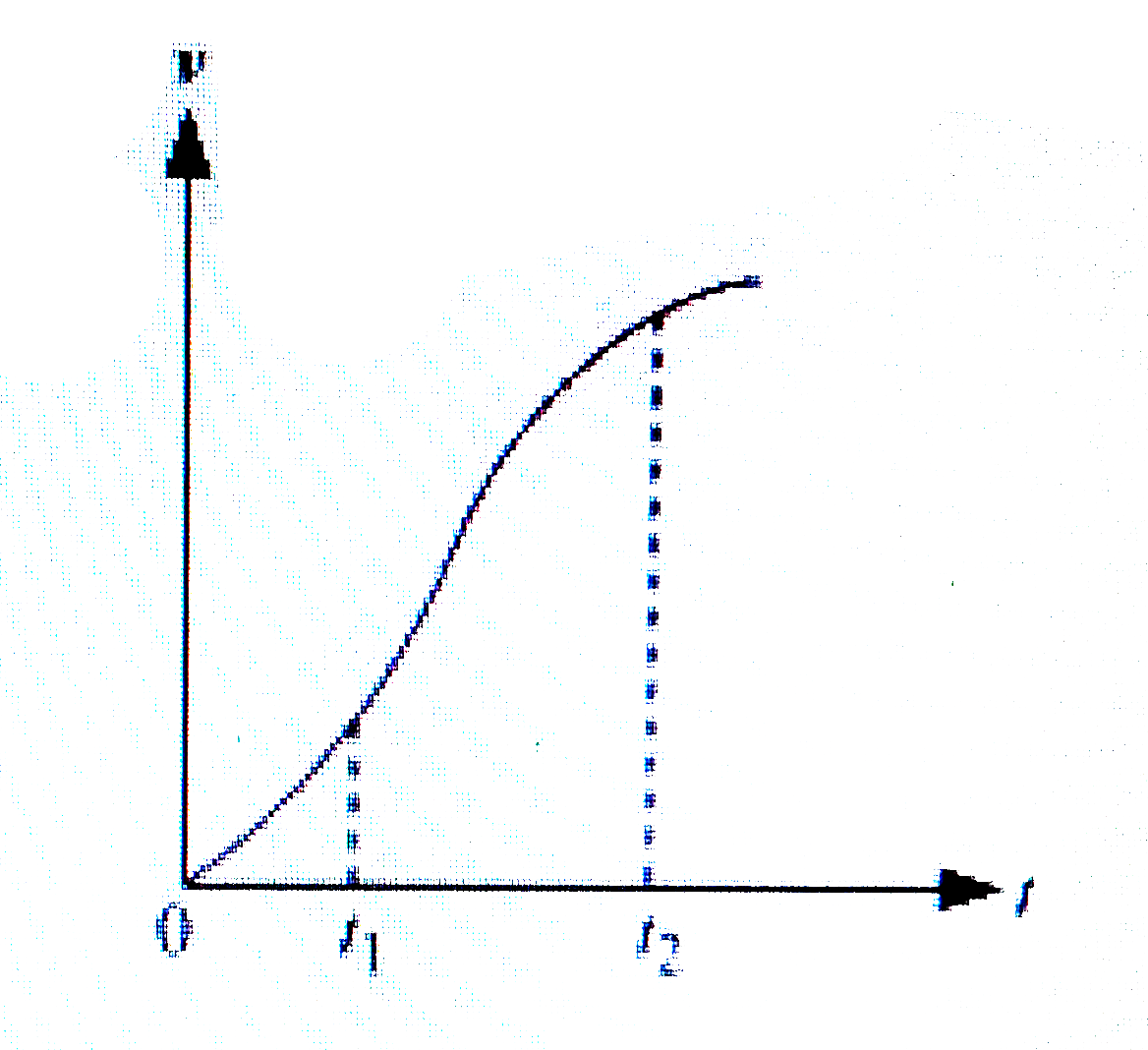For any arbitrary motion in space, which of the following relations are true :
vaverage=(1/2)(v(t1)+v(t2))
(The avreage' stands for average of the quantity over the time interval t1 to t2)
False, because relations hold only for uniform acceleration.
Similar Questions
For any arbitrary motion in space, which of the following relations are true?
(a) vaverage=(1/2)(v(t1)+v(t2))
(b) vaverage=[r(t2)−r(t1]/(t2−t1)
(c) v(t)=v(0)+at
(d) aaverage=[v(t2)−v(t1)]/(t2−t1)
The average stands for average of the quantity over time interval t1 to t2
View SolutionFoe an arbitrary motion in sparce, which ot the following relations are true :
(a0 −−−−−−→avera≥=12[→v(t10+→v(t2)]
(b) →–––(avera≥)=[→r9t2)−→r(t−10]/(t2−t10
(c ) →v(t)=→v(0)+→at
(d) →r9t)=→r90)+→v(0)t+(1/2)→at2
(e) →aavera≥=[→v(t2)−→v(t−2)]/(t2−t1)1<br>Theavera≥standsforavera≥ofthewuantityoverthetime∫erval t_1andt2 ].
View Solution
Knowledge Check
Which of the following statements is correct about the average velocity of a particle?
(The average stands for average of the quantity over the time interval , t1 to t2 )A→vaverage=→v(t2)−→v(t1)2B→vaverage=→aaverage(t2−t1)C→vaverage=→v(t2)+→v(t1)2D→vaverage=→r(t2)+→r(t1)t2−t−1For any arbitrary motion in space, which of the following relations are true?
a) vaverage=(1/2)(v(t1+v(t2)
b) vaverage=[r(t2)−rt1t2−t1
v(t)=v(0)+at
d) aaverage=[v(t2)−vt1t2−t1
The average stands for average of the quantity over time interval t1 to t_(2)A→vaverage=12[→v(t1)+→v(t2)]B→vaverage=→r(t2)−→r(t1)t2−t1C→v(t)=→v(0)+→atD→r(t)=→r(0)+→v(0)t+12→at2Let→V=vxˆi+vyˆj+vzˆk, then ∫t2t1Vy represents: (for the duration t1→t2)
ADistance travelled along y-axisBDisplacement along y-axisCTotal displacement - displacement along y-axisDTotal distance travelled - distance travels along y-axis
The velocity-time graph of a particle in one-dimensional motion is shown in Fig.:

(a) Which of the following formulae are correct for describing the motion of the particle over the time-interval t1 to t2:
(a) x(t2)=x(t1)+v(t1)(t2−t1)+(1/2)a(t2−t1)2
(b) v(t2)=v(t1)+a(t2−t1)
(c) vaverage=(x(t2)−x(t1))/(t2−t1)
(d) aaverage=(v(t2)−v(t1))/(t2−t1)
(e) x(t2)=x(t1)+vaverage(t2−t1)+(1/2)aaverage(t2−t1)2
(f) x(t2)−x(t1) = area under the v−t curve bounded by the t-axis and the dotted line shown.
View SolutionGive expression for average value of a.c. voltage V=V0sinωt over interval t=0 to t=πω
View SolutionA particle moves in a straight line with uniform acceleration. Its velocity at time t=0 is v1 and at time t=t is v2. The average velocity of the particle in this time interval is v1+v22 . Is this statement true or false?
View SolutionA particle moves in a straight line with uniform acceleration. Its velocity at time t=0 is v1 and at time t=t is v2. The average velocity of the particle in this time interval is v1+v22 . Is this statement true or false?
View SolutionThe quantity ∫t2t1→Vdt represents:
View Solution
